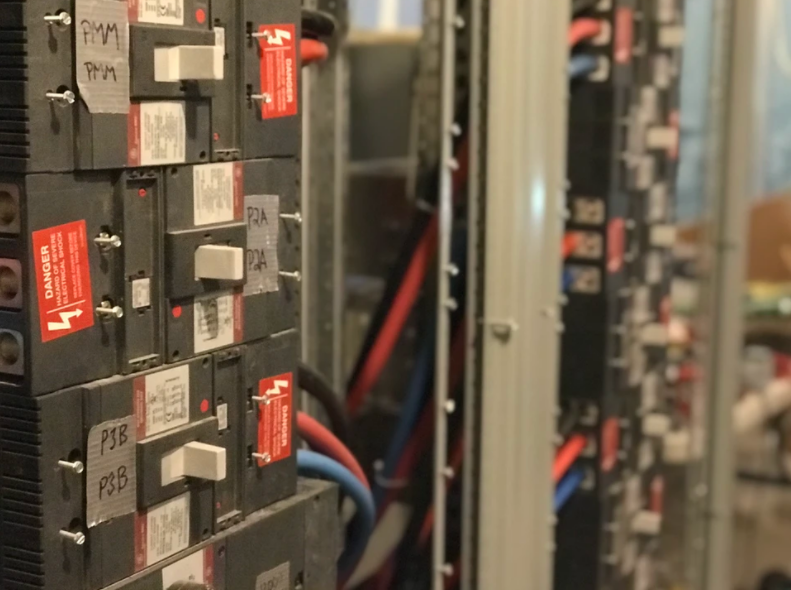Circuit breakers are an essential piece in your home, but you probably don’t think about it much. These breakers’ sole purpose is to cut the power supply when it’s too much for the system to handle. They prevent a power surge that could otherwise be destructive or cause a fire. However, sometimes circuit breakers can wear out.
Identify Faulty Breakers
There are numerous reasons why a circuit breaker may wear out, causing it to trip when it shouldn’t. The first reason is age. Circuit breakers are expected to last about 15 years. If yours are older than that, they may start to fail. Another very common reason is excessive use. If your breaker is tripping frequently—due to shorts, surges, or other issues—it will wear out faster and will require replacement.
Worn-out breakers can’t perform as needed. They may trip when they don’t need to, or they may not trip when they should, which can be a serious fire hazard. A faulty circuit may also destroy electrical home appliances, especially high draw appliances.
Find a Replacement Circuit Breaker
When you’re choosing new circuit breakers, there are several different criteria you need to consider. These things include its rated voltage, rated current, rated frequency, operating duty, and breaking contact. Together, these ratings tell you how much a breaker can handle long term or short term and at what point it will trip. You’ll likely be replacing the old breaker with one exactly the same ratings.
Replace a Circuit Breaker
No matter how badly you need to replace a circuit breaker, your safety is paramount. If you’re not confident in your skills for this repair, leave it to a professional electrician. Because of the high amount of electricity that passes through your breaker panel, you could be seriously or even fatally injured if you’re not careful.
First, ensure that the power is shut off. This includes the breaker you’re replacing and the power to the rest of the home. You’ll likely have to shut off the home’s power from the main circuit breaker of the house, which is located elsewhere.
Remove the panel cover, and check to make sure that there is no power going into or out of the breakers. If you notice naked, damaged, or faulty wires, stop at this point, and call an electrician for assistance.
Snap the circuit breaker you’re replacing out of place then disconnect it from the wires by loosening the screws. Attach these wires to the new circuit breaker and push it back into place. Turn the power back on, and make sure everything is working correctly before putting the panel cover back on.
Your safety is essential, especially when dealing with electrical appliances. A worn out or damaged circuit breaker can be a hazard for your home, so it should be replaced as soon as possible. If you need your breaker replaced and cannot carry out the procedure, you should consult experts for their safety and property.

